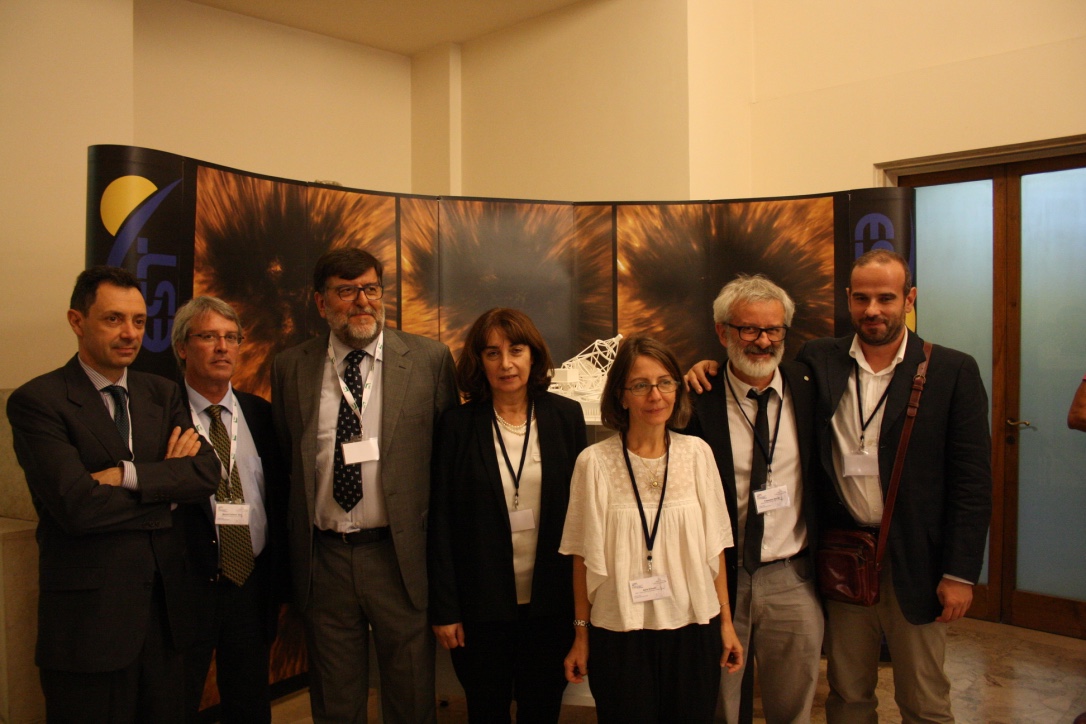On October 5, the Accademia Nazionale dei Lincei in Rome hosted the first European presentation of the European Solar Telescope (EST) in the frame of the preparatory phase for its construction.

This infrastructure, which will be installed in the Canary Islands - Spain, will be the largest European telescope to observe the sun. The construction is expected to start in 2021, and first light is planned for 2027. The project is included in the Roadmap of the European Strategy Forum on Research Infrastructures (ESFRI) since 2016 and involves 21 scientific and industrial institutions from 15 different European countries.
European astronomers have studied the sun for centuries. Starting with Galileo Galilei, many solar physicists have helped unravel its secrets with the most advanced instrumentation at their disposal. Thanks to those efforts we now know the structure and composition of our star. However, some important questions remain unanswered. Among them is the role played by solar magnetic fields, which are thought to be responsible for the most energetic processes happening in the solar atmosphere. To address these questions, a next-generation telescope is needed.
EST will have a 4-meter primary mirror and an advanced adaptive optics system - a technology designed to reduce the image distortions caused by the Earth’s atmosphere. Thus, EST will be able to distinguish structures on the solar surface as small as 30 kilometers. Thanks to its large mirror, EST will also excel in delivering accurate measurements of solar magnetic fields, surpassing by far the capabilities of any existing solar telescope. The main goal of EST is to investigate the structure, dynamics, and energetics of the lower solar atmosphere, where magnetic fields continually interact with the plasma and magnetic energy is sometimes released in powerful explosions.
The event at the Accademia Nazionale dei Lincei is a presentation at European level of a project set to be the cornerstone of European solar physics in the coming decades. The event has involved the participation of researchers from all the Italian institutions participating in EST and representatives from the Italian industry. Manolo Collados (EST project coordinator) has declared that “EST will combine the best of present solar telescopes and will largely improve their performances”.
EST is promoted by the European Association for Solar Telescopes (EAST), which includes around 500 researchers from 15 European countries.
Contacts:
Dr. Manuel Collados (EST Coordinator, Instituto de Astrofísica de Canarias) This email address is being protected from spambots. You need JavaScript enabled to view it.
Dr. Luis Bellot (EST Communication Office Coordinator, Instituto de Astrofísica de Andalucía) This email address is being protected from spambots. You need JavaScript enabled to view it.
Dr. Manuel González (EST Communication Officer, Instituto de Astrofísica de Andalucía) This email address is being protected from spambots. You need JavaScript enabled to view it.
Pictures of the event
Error
Error




















